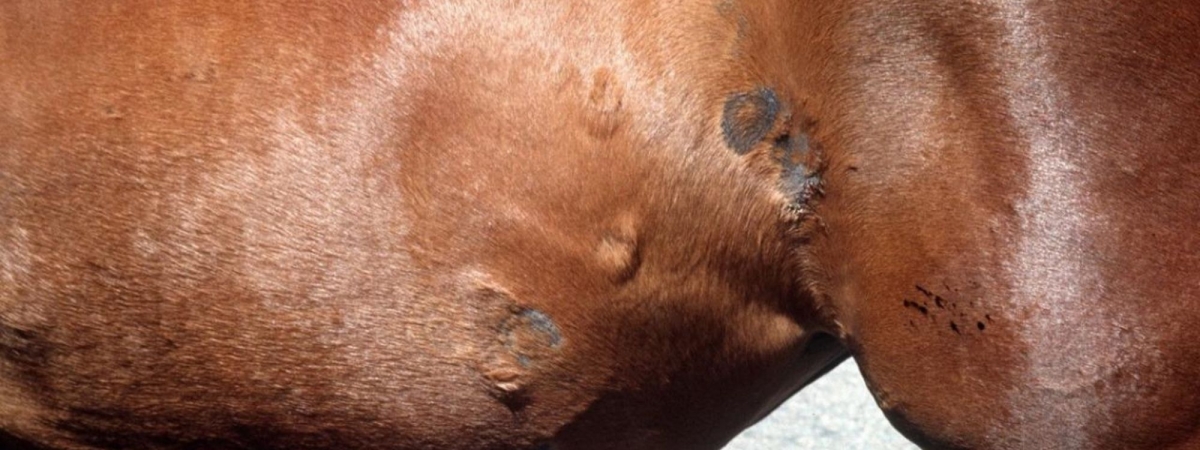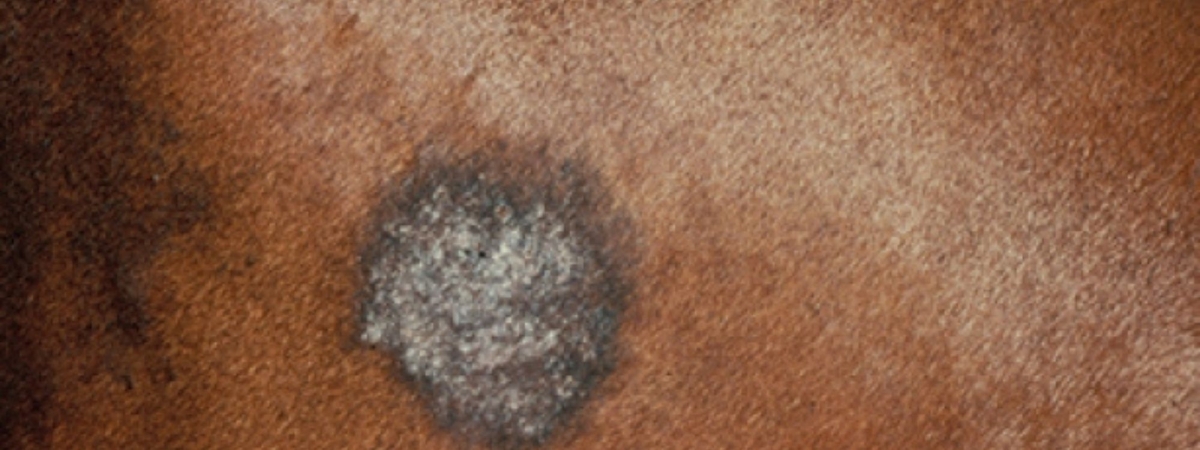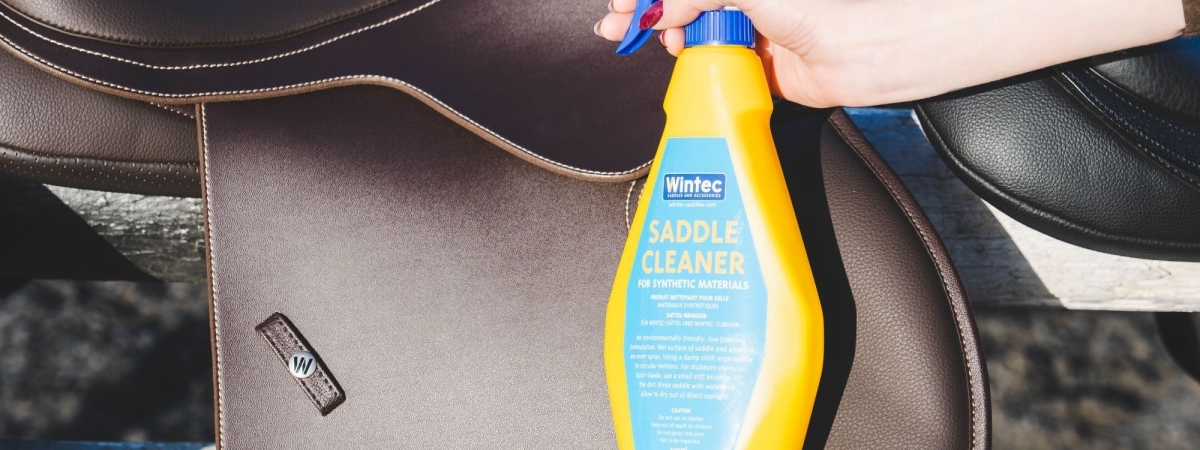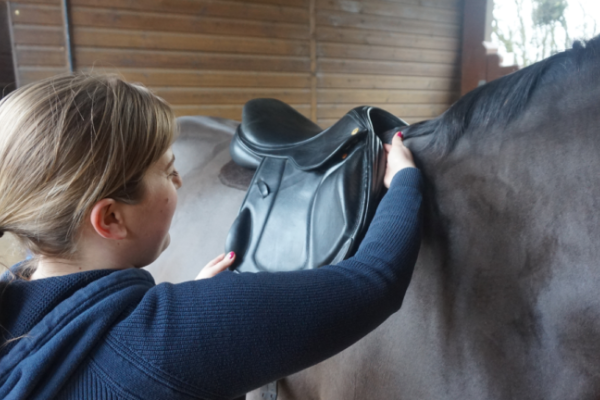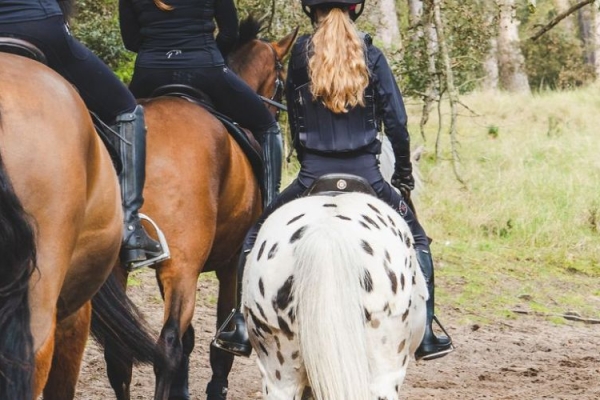Understanding Ringworm in Horses
Ringworm is a common fungal infection that can affect horses of all ages and breeds. It is caused by various species of fungi known as dermatophytes. While ring worm is not a life-threatening condition, it can cause discomfort and aesthetic concerns for both the horse and its owner. In this blog, we will delve into the causes of ringworm in horses and explore the necessary treatment options.
Causes of Ringworm in Horses:
Ringworm in horses is primarily caused by three types of dermatophyte fungus: Trichophyton equinum, Microsporum gypseum, and Trichophyton mentagrophytes. These fungi thrive in warm and humid environments, making horses susceptible to infection during the summer months or in regions with high humidity levels.
Horses can contract ringworm through direct contact with infected animals or indirectly through contaminated objects such as grooming brushes, tack, or bedding. Additionally, young horses with underdeveloped immune systems or older/ill horses with a weakened immune system are more prone to contracting ringworm than adult horses. If you have multiple horses it is always worthwhile having a separate grooming kit for each horse to reduce cross contamination and having anti fungal creams and sprays if you go to stay away shows where you don't know what horse has been in the stable before you and your horse!
Symptoms of Ringworm:
The symptoms of ringworm in horses can vary from case to case but typically include:
1. Circular patches: Affected areas often develop circular patches with a raised border and a crusty or scaly appearance. These patches may be accompanied by hair loss, leaving behind bald spots.
2. Discomfort and itching: Horses with ringworm may experience mild to moderate itching or discomfort in the affected areas. This can lead to excessive scratching or rubbing against objects.
3. Spreading of lesions: If left untreated, ringworm lesions can spread to other parts of the horse's body or with it being a zoonose to other animals and humans within the same environment that have been in contact with contaminated objects or the horse itself.
Treatment Options for Ringworm:
Treating ringworm in horses involves a combination of topical antifungal medications, environmental management, and supportive care.
1. Topical antifungal medications: There is a variety of antifungal creams, ointments, or shampoos that can be used to treat ringworm in horses. These products typically contain active ingredients such as miconazole, clotrimazole, or ketoconazole and are available to purchase from your local tack shop. If you are unsure if it is ringworm or what to use to treat it contact your vet as they will be the best to guide you. It is important to follow the instructions provided by the veterinarian or product label for proper application and duration of treatment.
2. Environmental (stable) management: To prevent the spread of ringworm and aid in the healing process, it is crucial to maintain a clean and hygienic environment for the horse. This includes regular disinfection of grooming tools, tack, bedding, and stable surfaces. Infected horses should be isolated from healthy ones until they have fully recovered. If you are handling a horse or pony infected with ringworm it is recommended to wear gloves whilst doing so to reduce the risk of contracting it yourself. It might also be wise to change clothes before handling non affected horses and ponies.
3. Supportive care: In addition to medication and environmental management, providing supportive care can help alleviate discomfort and promote healing. This may involve keeping the affected areas clean and dry, avoiding excessive grooming or brushing that could further irritate the skin, and ensuring the horse has a balanced diet to support its immune system.
Preventing Ringworm in Horses:
While it may not be possible to completely eliminate the risk of ringworm, there are several preventive measures that horse owners can take:
1. Regular grooming: Regularly grooming your horse helps maintain good hygiene and allows you to detect any early signs of infection - ensuring to use separate brushes for different horses to reduce the risk of cross contamination.
2. Quarantine new arrivals: When introducing new horses into a herd or stable, it is advisable to quarantine them for a period of time to ensure they are not carrying any contagious diseases, including ringworm, as it can take 3 weeks for physical symptoms to be seen.
3. Clean and disinfect equipment: Properly cleaning and disinfecting grooming tools, tack, and other equipment can help prevent the spread of ringworm between horses. This is one of many reasons regular tack cleaning is so important, click here to stock up on your tack cleaning essentials.






